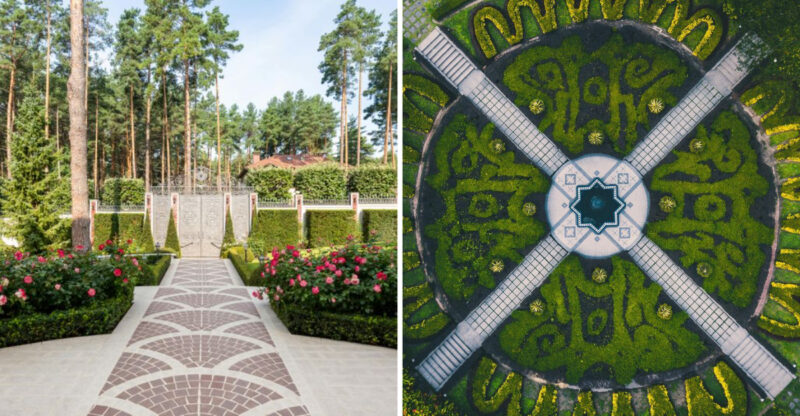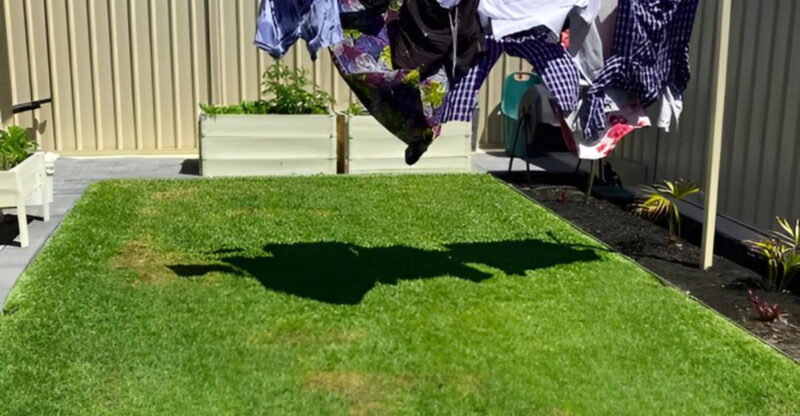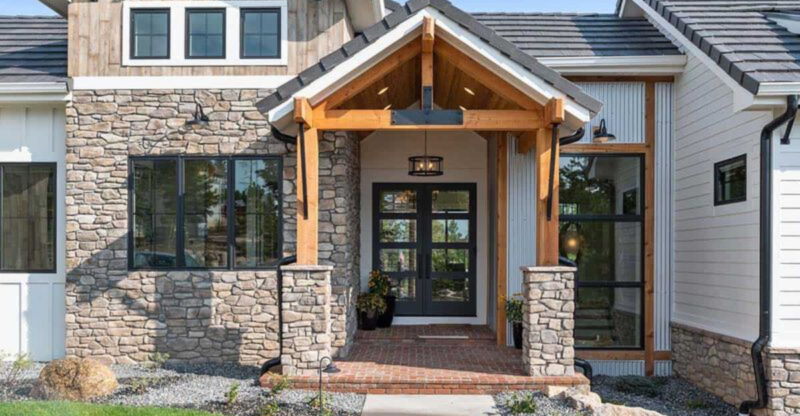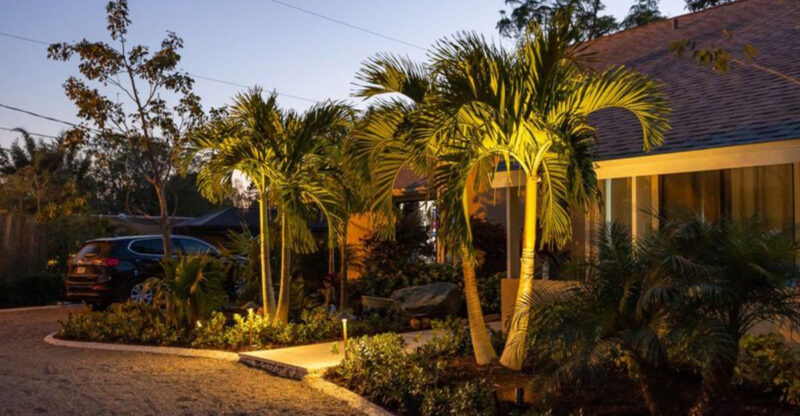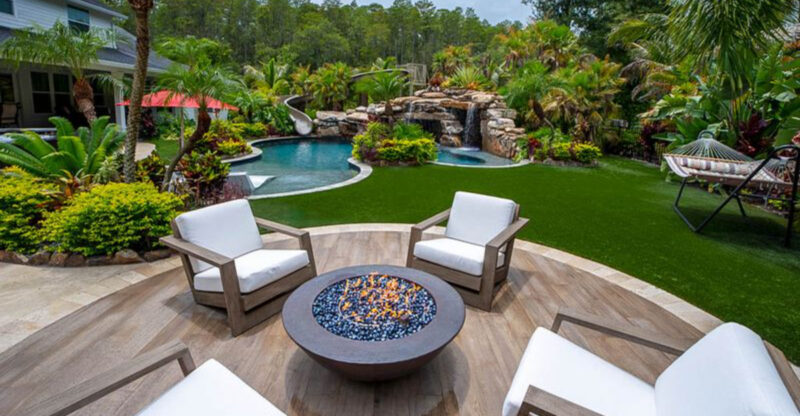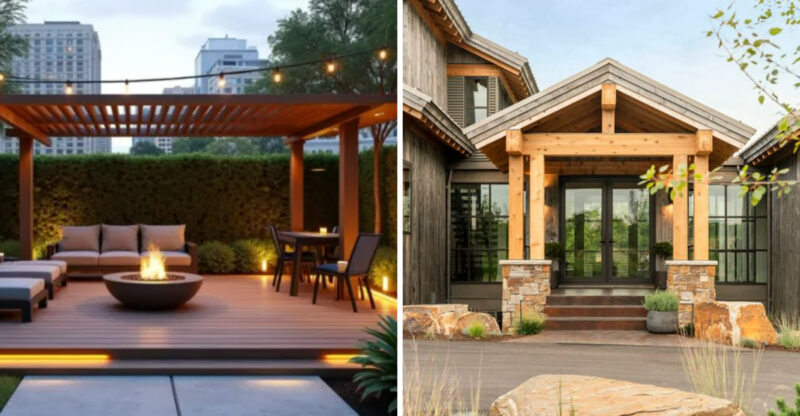3 Coastal Curb Appeal Mistakes To Avoid Plus 6 Florida Designs That Shine
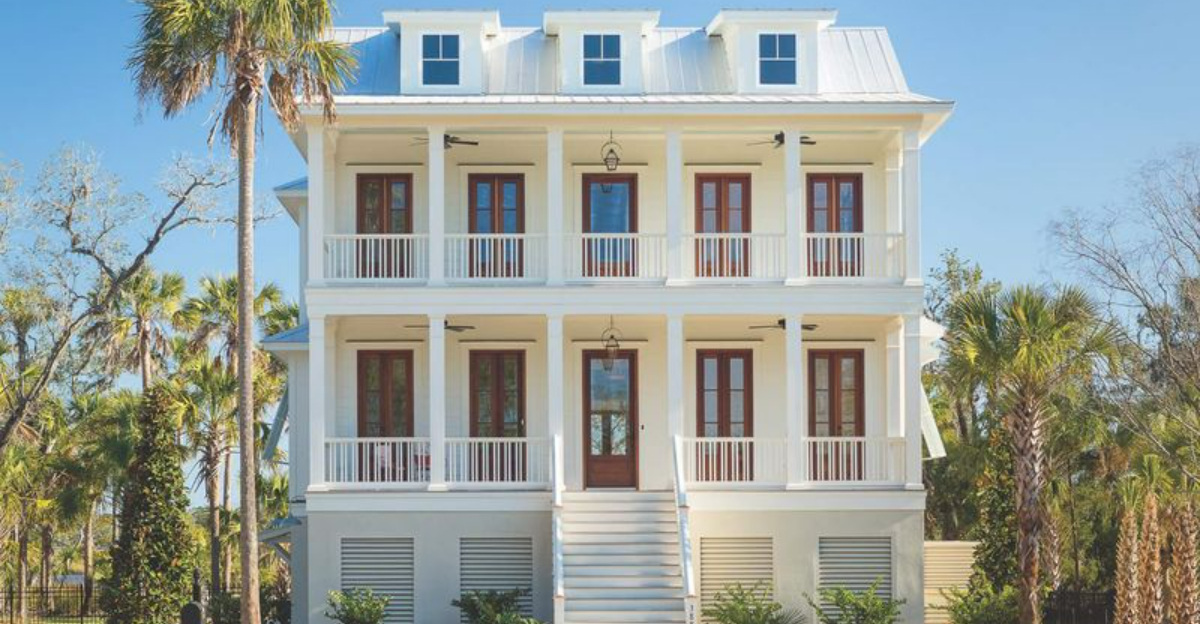
Your home’s curb appeal makes a lasting first impression, especially in Florida’s unique coastal environment. Getting it right means understanding both what works and what doesn’t in our salty, sunny climate. I’ve seen stunning beachfront properties and spectacular waterfront disasters, and today
I’ll share the biggest mistakes to avoid and the design elements that truly capture Florida’s coastal charm.
1. Planting Non-Native Landscaping
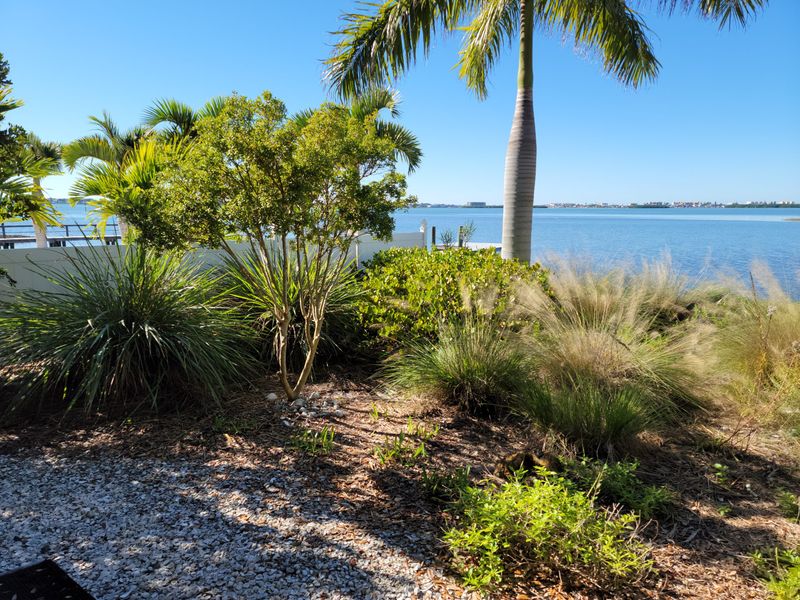
Nothing looks more out of place than struggling plants fighting against Florida’s coastal conditions. Many homeowners waste thousands on landscaping that withers within months.
Choose salt-tolerant natives like sea oats, beach sunflower, and sabal palms that naturally thrive in our conditions. Group plants with similar water needs to create efficient irrigation zones. Native plants not only look better longer but also require less water and maintenance while providing natural habitat for local wildlife.
2. Choosing Impractical Colors
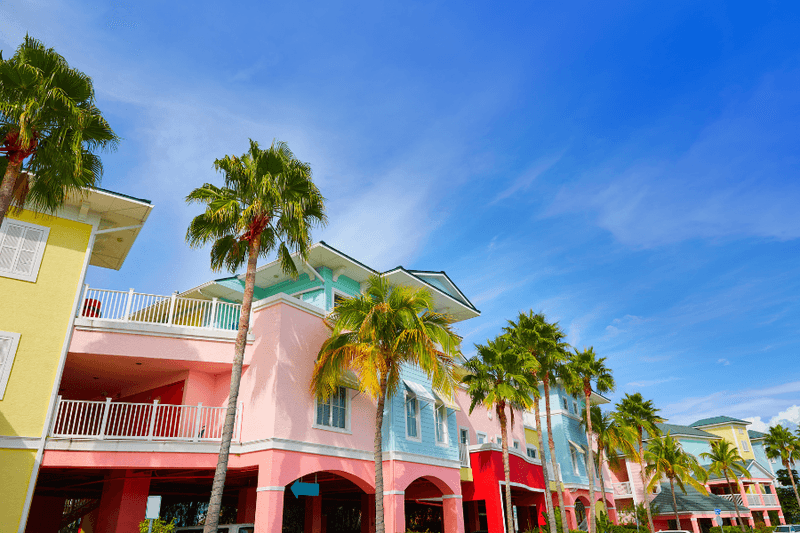
Bold color choices fade dramatically faster in Florida’s intense sunlight. I’ve watched vibrant blues turn chalky and deep reds wash out to pale pink in under two years, creating an aged, neglected appearance.
Opt for light, sun-reflective colors that resist fading while keeping your home cooler. Soft coastal palettes like sandy beige, seafoam green, and gentle blue-grays maintain their appearance longer. Save those bright pops of color for easily replaceable elements like potted plants, cushions, and door accents.
3. Ignoring Salt Damage Protection
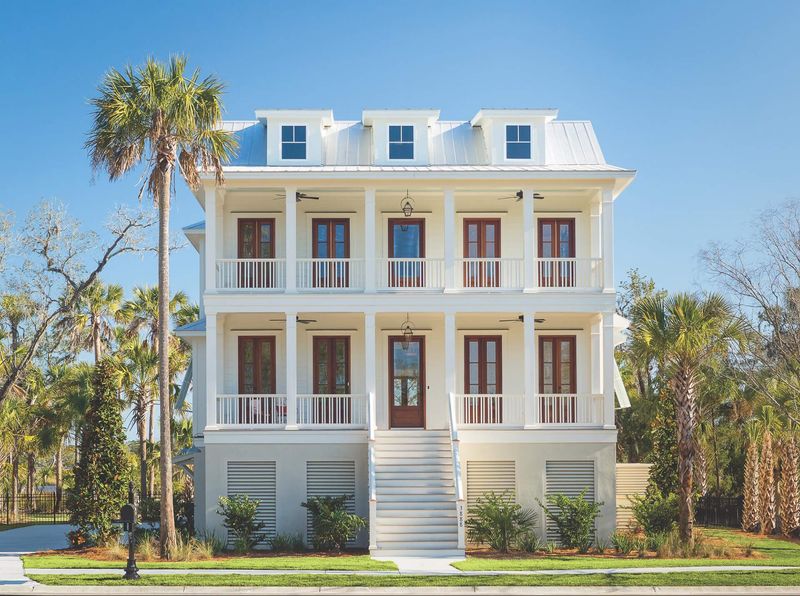
Salt air silently destroys unprotected exteriors, turning your dream coastal home into a maintenance nightmare. I learned this lesson the hard way when my client’s beautiful brass fixtures corroded beyond recognition in just one season.
Always select marine-grade metals and specialized salt-resistant paints for coastal properties. Regular freshwater rinses help remove salt buildup on windows and surfaces. Materials like vinyl, cedar, and composite decking offer better resistance to the corrosive coastal environment than traditional options.
4. Key West-Inspired Pastel Charm
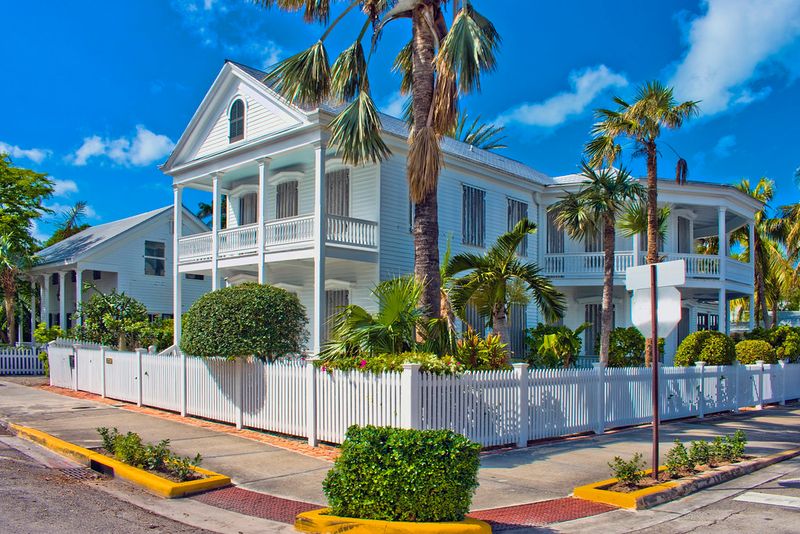
The playful pastels of Key West architecture bring instant vacation vibes to any Florida property. My neighbor’s mint green cottage with coral accents turns heads and starts conversations with everyone passing by.
Pair these cheerful colors with white trim for a crisp, clean look that pops against tropical landscaping. Traditional Key West homes feature ornate gingerbread trim, decorative brackets, and spacious porches that encourage outdoor living. Even small touches like pastel shutters or a brightly colored front door can capture this iconic Florida style.
5. Mediterranean Revival Elegance

Stucco walls, barrel tile roofs, and arched doorways create timeless Mediterranean appeal that perfectly suits Florida’s climate. This style reminds me of my grandmother’s 1920s Tampa home that still looks magnificent almost a century later.
Wrought iron details and terracotta accents add authentic character to these designs. Courtyard entries with fountains create impressive entrances while providing private outdoor space. The thick walls of Mediterranean homes offer natural insulation against heat, making them as practical as they are beautiful in our subtropical environment.
6. Modern Coastal Minimalism
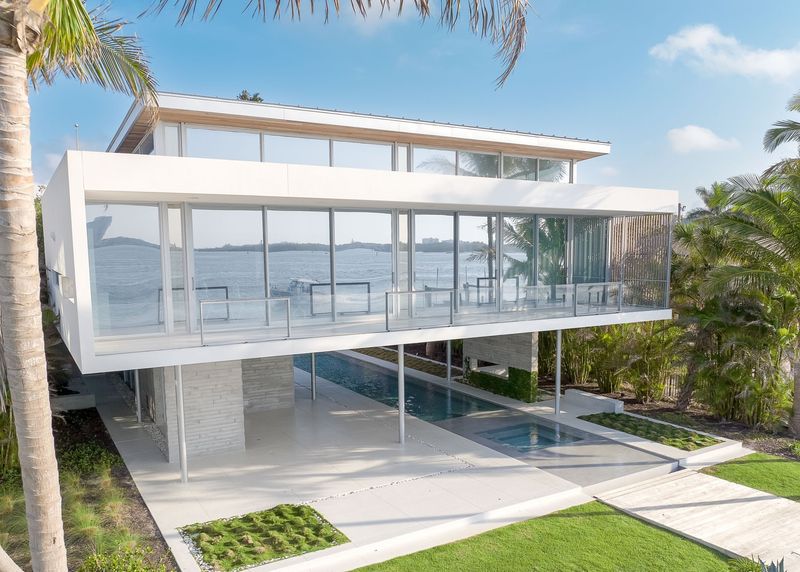
Clean lines and uncluttered spaces define this contemporary approach to Florida living. Floor-to-ceiling impact windows maximize gulf views while providing hurricane protection – something I appreciate during every storm season.
Sustainable materials like composite decking and metal roofing offer longevity in harsh coastal conditions. Raised foundations not only protect against flooding but create dramatic elevated entrances. The simplicity of this style allows the surrounding natural beauty to take center stage while providing a serene retreat from Florida’s sometimes chaotic weather.
7. Old Florida Cracker Vernacular
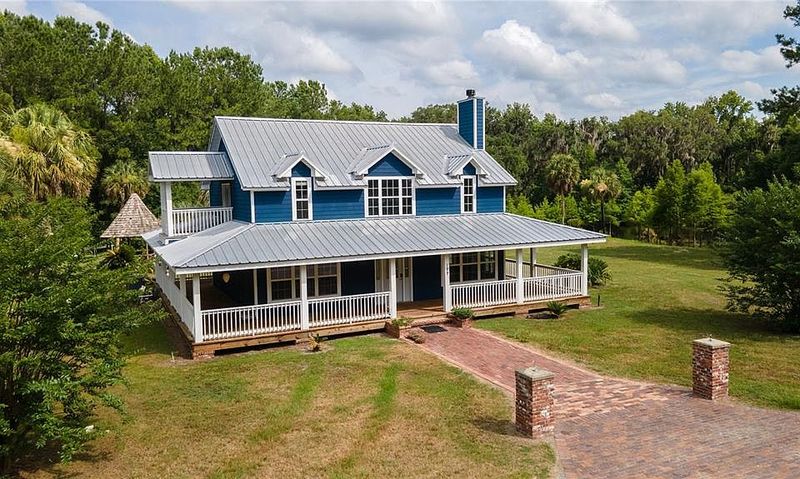
Before air conditioning, Florida’s original homes used clever design to stay cool naturally. Metal roofs, dogtrot breezeways, and wraparound porches weren’t just charming – they were essential for comfort.
Today’s versions incorporate these historic elements with modern conveniences. Wood siding painted in traditional whites and soft grays maintains authentic character. The wide eaves and deep porches create shaded outdoor living spaces while protecting windows from direct sun and rain – perfect for our afternoon thunderstorms.
8. Tropical Plantation Grandeur
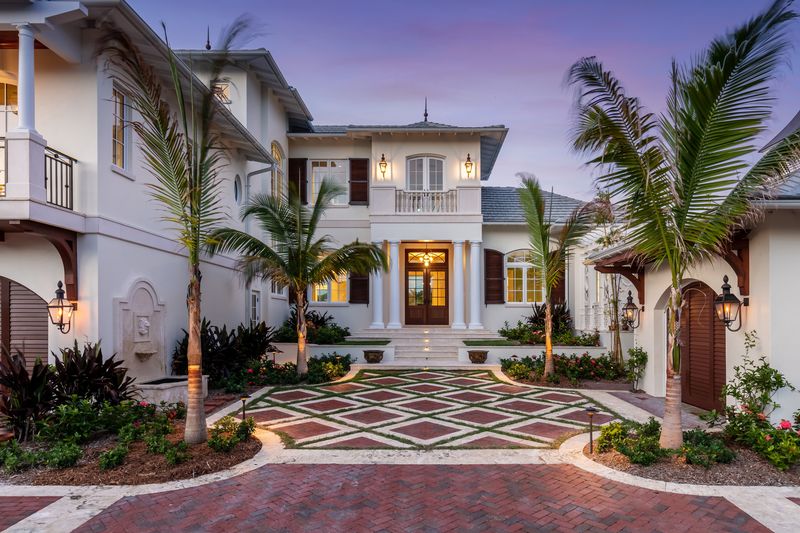
Stately columns and sweeping staircases create dramatic entrances that never go out of style. The plantation-inspired home across from my beach cottage combines traditional elements with tropical landscaping for breathtaking curb appeal.
Shutters serve both decorative and practical hurricane protection purposes. Symmetrical design principles create balanced, elegant facades that feel established and timeless. Large covered porches with ceiling fans make outdoor entertaining comfortable even during summer months, extending your living space and creating natural transition zones.
9. Island-Inspired Bungalow Living
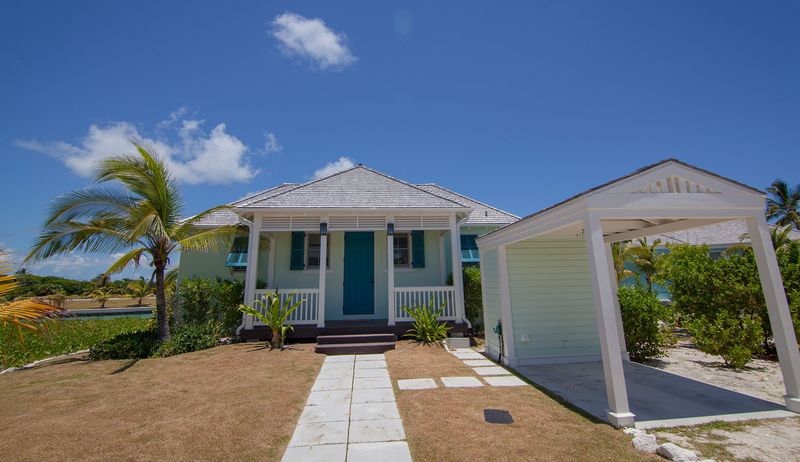
Casual and inviting, these smaller footprint homes maximize outdoor connections through generous porches and oversized windows. My favorite local example uses louvered shutters and exposed rafter tails to create authentic island character.
Natural materials like cedar shakes weather beautifully in coastal environments. Bright accent colors on doors and window frames create cheerful focal points. The slightly elevated foundations provide protection from seasonal flooding while creating natural separation from street level – perfect for privacy without feeling closed off from the neighborhood.

